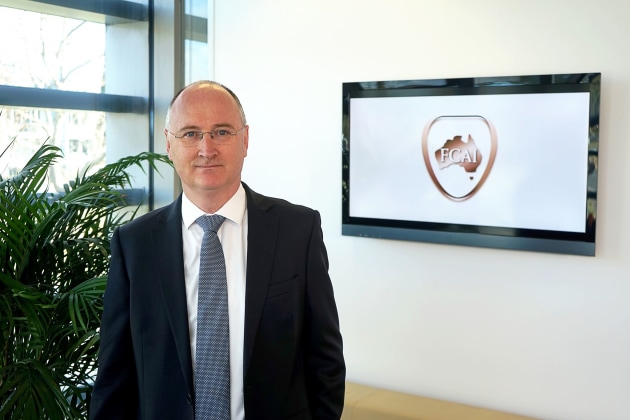Australians continued to show strong demand for new vehicles in July 2025, with 103,097 delivered – up 3.6 per cent on the same month last year.
Federal Chamber of Automotive Industries chief executive Tony Weber said the result highlights both robust underlying demand and a positive outlook among new vehicle buyers.
“We are now seeing confidence return to the market, supported by a recent interest rate reduction and anticipation of further easing,” Weber said.
“Consumers are responding with interest across most segments, particularly utes and SUVs.”
Plug-in hybrid electric vehicles (PHEVs) are experiencing a period of rapid growth, with sales up 183 per cent year to date.
“With more than 50 models available in 2025, plug-in hybrids have emerged as an important transition technology for many Australians, particularly those in regional areas or those with limited access to charging,” Weber said.
“They offer the ability to drive short distances on electric power while retaining the flexibility and range of a conventional engine.”
Despite the wide range of EV choice, sales have stalled, remaining below eight per cent of new vehicle sales in 2025.
The long-term trend for SUVs over the passenger vehicle segment continues, with the passenger sales down 27 per cent year to date.
“For every two passenger vehicles sold so far in 2025, about nine SUVs have been sold. In July, there was only one sedan in the top 20 models, the Toyota Corolla,” Weber said.
Toyota was the market leader with sales of 21,722 during July, followed by Mazda (7,452), Kia (7,402), Ford (7,279) and Hyundai (6,687).
Sales in the Australian Capital Territory were up 1.6 per cent on July 2024 to 1,441; New South Wales was up 1.9 per cent (30,940); Northern Territory was up 10.6 per cent (1,047); Queensland rose 8.9 per cent (22,806); South Australia fell 1.4 per cent (6,824); Tasmania decreased 1 per cent (1,548); Victoria was up 3.1 per cent (27,496) and Western Australia rose 3 per cent (10,995).


